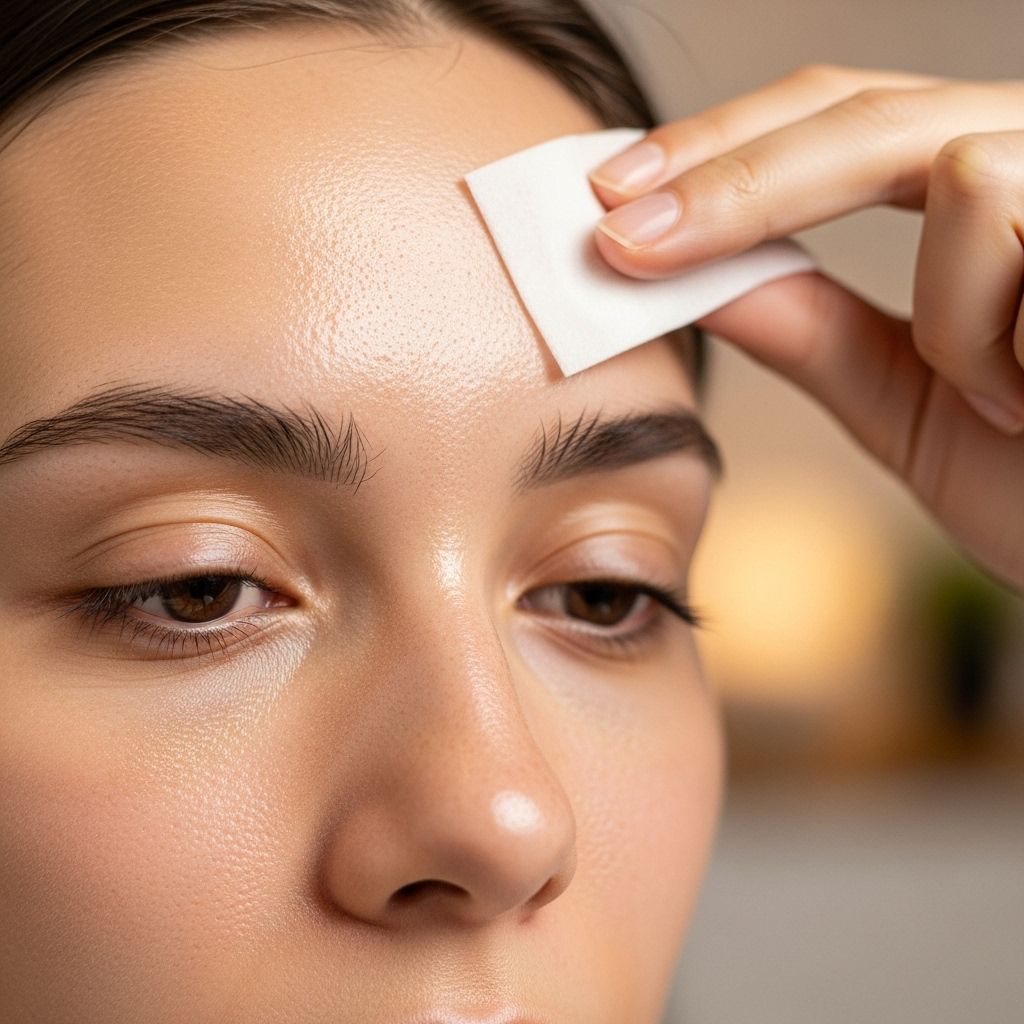Managing Oily Skin
Transform Your Skin with Effective Skincare Routines and Tips

Introduction to Oily Skin
Oily skin can be challenging to manage, but with the right skincare routine and understanding, you can achieve a clearer complexion. Oily skin is characterized by an overproduction of sebum, which can lead to clogged pores and breakouts. While it may seem counterintuitive, treating oily skin often involves more than just removing excess oil; it requires a balanced approach to skincare.
Understanding Oily Skin
Oily skin is not caused by dirt or poor hygiene but is often influenced by genetics and hormonal factors. The goal is to manage rather than eliminate sebum production, as sebum is essential for skin health.
Core Principles of Managing Oily Skin
Here are the key principles to follow for effective oily skin management:
- Don’t Overwash: Overwashing can strip the skin of its natural oils, leading to increased sebum production and potential irritation. Limit cleansing to twice a day with a gentle cleanser.
- Use the Right Cleanser: Choose a cleanser that is formulated for oily skin but still gentle enough not to strip away natural oils. Look for products containing salicylic acid or benzoyl peroxide for added benefits.
- Avoid Harsh Products: Products with alcohol can further dry out the skin, causing more oil production. Opt for alcohol-free toners.
- Moisturize: While it may seem counterintuitive, moisturizing is essential for all skin types, including oily skin. Use a lightweight, oil-free moisturizer containing hyaluronic acid to hydrate without clogging pores.
Effective Skincare Routine for Oily Skin
A well-structured skincare routine is crucial for managing oily skin. Here’s a step-by-step guide:
Step 1: Cleanse Your Skin
Use a gentle, oil-control cleanser twice daily. For example, Cetaphil DermaControl Oil-Control Foam Wash is effective for managing oily skin without drying it out.
Step 2: Use a Toner
Apply an alcohol-free toner to help control oil production and balance the skin’s pH. Dickinson’s Hydrating Toner with witch hazel is a good choice.
Step 3: Apply a Treatment
For acne-prone skin, use a leave-on treatment like Differin Gel (a retinoid) to prevent clogged pores and reduce acne. Start with every other night and adjust as needed to avoid dryness.
Step 4: Moisturize
Apply a lightweight, oil-free moisturizer containing hyaluronic acid to keep the skin hydrated without adding oils. Neutrogena Hydro Boost Water Gel is an excellent option.
Step 5: Consider Additional Treatments
For persistent oiliness, consider using a weekly clay mask to absorb excess oil. Fresh Umbrian Clay Purifying Mask is highly effective for this purpose.
Frequently Asked Questions (FAQs)
Q: What causes oily skin?
Oily skin is primarily caused by genetics and hormonal factors, which influence sebum production.
Q: Is it necessary to moisturize oily skin?
Yes, moisturizing is crucial for all skin types, including oily skin, to maintain hydration and avoid triggering more oil production.
Q: Can face oils help with oily skin?
Certain face oils like rosehip and jojoba can help balance and regulate oil production in oily skin, but they should be used sparingly.
Conclusion
Managing oily skin requires a thoughtful approach that balances cleansing, treatment, and hydration. By following these steps and understanding your skin’s specific needs, you can achieve a healthier, more balanced complexion.
References
- https://www.cosmopolitan.com/style-beauty/beauty/a9272302/oily-skin-regimen/
- https://www.cosmopolitanme.com/beauty/your-skincare-routine-order-explained
- https://www.cosmopolitanme.com/beauty/22533-acne-skin-care-clear-skin
- https://www.cosmopolitan.com/uk/beauty-hair/skincare/a27902/best-products-oily-skin/
- https://katiniskin.com/blogs/press/cosmopolitan-the-holy-grail-acne-awards
Read full bio of Sneha Tete












